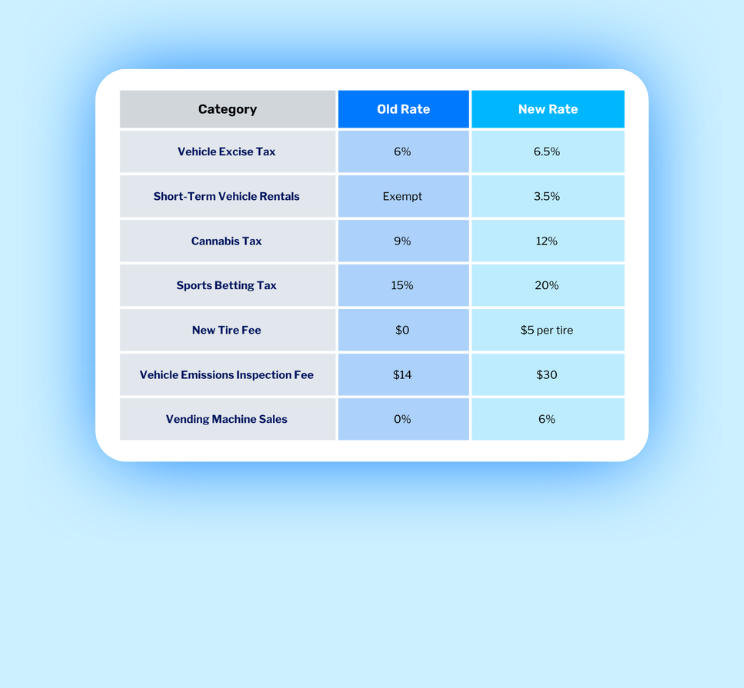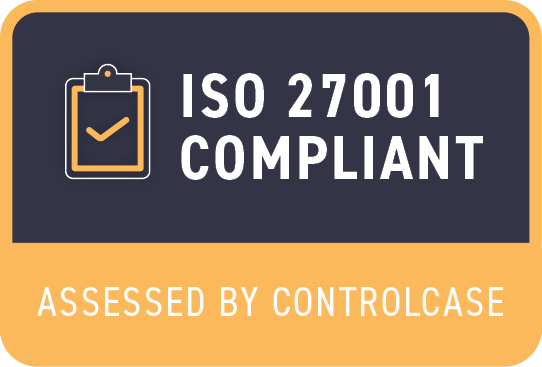The following post was authored by Ken Mann, Managing Director, SC&H Capital
Twenty-five years of providing investment banking services for more than 500 distressed companies in countless industries has taught me that, in most cases, industry-specific expertise can oftentimes be overrated. However, it is undeniable that there is no substitute for experience when it comes to the unique sector of healthcare. There are countless attributes, challenges, and risks to getting deals closed and advising organizations in this space, beyond those that exist in other M&A engagements. Below, I highlight only four of the special attributes of these life and death organizations and a couple of challenges that we have found to be common to M&A in this sector.
#1 – Cashflow & Receivables
Because most healthcare businesses rely on payments from CMS, insurance companies, and patients themselves rather than from B2B customers, there are unique accounts receivable and cashflow issues. Most reimbursements are either paid through Medicare, Medicaid, or some other payor (insurance company) that bases its reimbursement level for any service by predetermined regulatorily based rates or negotiated contractual rates that vary by provider. The arduous process of adjudicating the accounts receivable generated by medical coding and billing takes time and is unlike what you see in any other industry. Proper controls are critical. Failure to sufficiently document a service could lead to a claim denial and write-off. The timing of payments versus services rendered can create real cashflow issues.
Furthermore, misbilling can be subject to criminal prosecution. Additionally, virtually all healthcare services provided to patients are billed based on a physician’s order, and, in the majority of cases outside of a physician’s office, the ordering physicians are not employed by the healthcare provider billing for the service. That means conserving and nurturing relationships with physicians through an M&A process is paramount to the continuity of revenue and cashflow streams post-acquisition.
#2 – Unique Corporate Structures and Missions
Many healthcare organizations are not-for-profits or have local boards that operate similarly to not-for-profits and are likely more interested in providing critical services to their community than profitability. These boards are frequently made up of community leaders, including philanthropists, doctors, lawyers, and hopefully a few businesspeople; their goal is often to provide services, almost at any cost.
In recent years, rural hospitals have been under attack and provide a good example. With hospitals being the most expensive way to treat patients, and a steady trend of people moving out of rural areas, rural hospitals have seen fewer of their beds occupied. This has led to the need for many to sell or shut down, leaving many rural communities without a hospital or emergency department. As an M&A advisor, our mission is always to get to the “highest and best offer.” In other industries, that is almost always evaluated by dollars, because the goal in insolvency is to pay as many creditors as much money as possible. But courts have ruled that, in the case of a not-for-profit hospital, leadership can consider its charitable mission in determining what is the highest and best offer. So, you may select a lower dollar offer because the buyer is better aligned with the charitable mission, which might be to provide critical care that would not otherwise be available.
#3 – Valuation Challenges
How does one value a healthcare operation, especially if it is losing money? There is some data and historical information that experienced advisors have access to, that can guide valuation, but a true market test will ultimately determine real value. But for it to be a “true market test,” it is crucial your investment banking team knows what hidden values exist and which suitors will and won’t be able to realize each of those values, and how to identify and reach out to those decision-makers. The message to each prospective buyer must be tailored to each unique circumstance.
#4 – Transfer of Licensing and Provider Agreements
The buyer of a healthcare provider must obtain the required licensing to operate and, to get reimbursements, it must have a provider agreement with each payor. Outside of a bankruptcy court, the transfer of these can take significant time and create a contingency that the seller has no control over. In bankruptcy, there are two basic schools of thought about provider agreements:
- Courts have historically treated these as executory contracts, which means the debtor/seller can assume and assign them to a buyer. However, someone must pay all cure costs – any monies owed under the provider agreement – to assign them.
- More recently, several courts have found that provider agreements are not executory contracts, but “statutory entitlements.” A statutory entitlement can be sold as an asset, and bankruptcy allows you to do so free and clear of any liens, claims, or encumbrances; the buyer and seller do not have to pay any cure costs.
First and foremost, your advisors must be experts in their respective fields (legal, investment banking, and management), but the above examples of what makes the healthcare sector truly unique, offer a little taste for why it is important to partner with advisors that know and understand this sector.
Contact us with questions or for additional guidance.
Additional Resources- SC&H Capital Announces Joint Venture with Two Healthcare Consulting Firms
- [On-Demand Webinar] What Does the Future Hold for Hospitals and Skilled Nursing Facilities?





